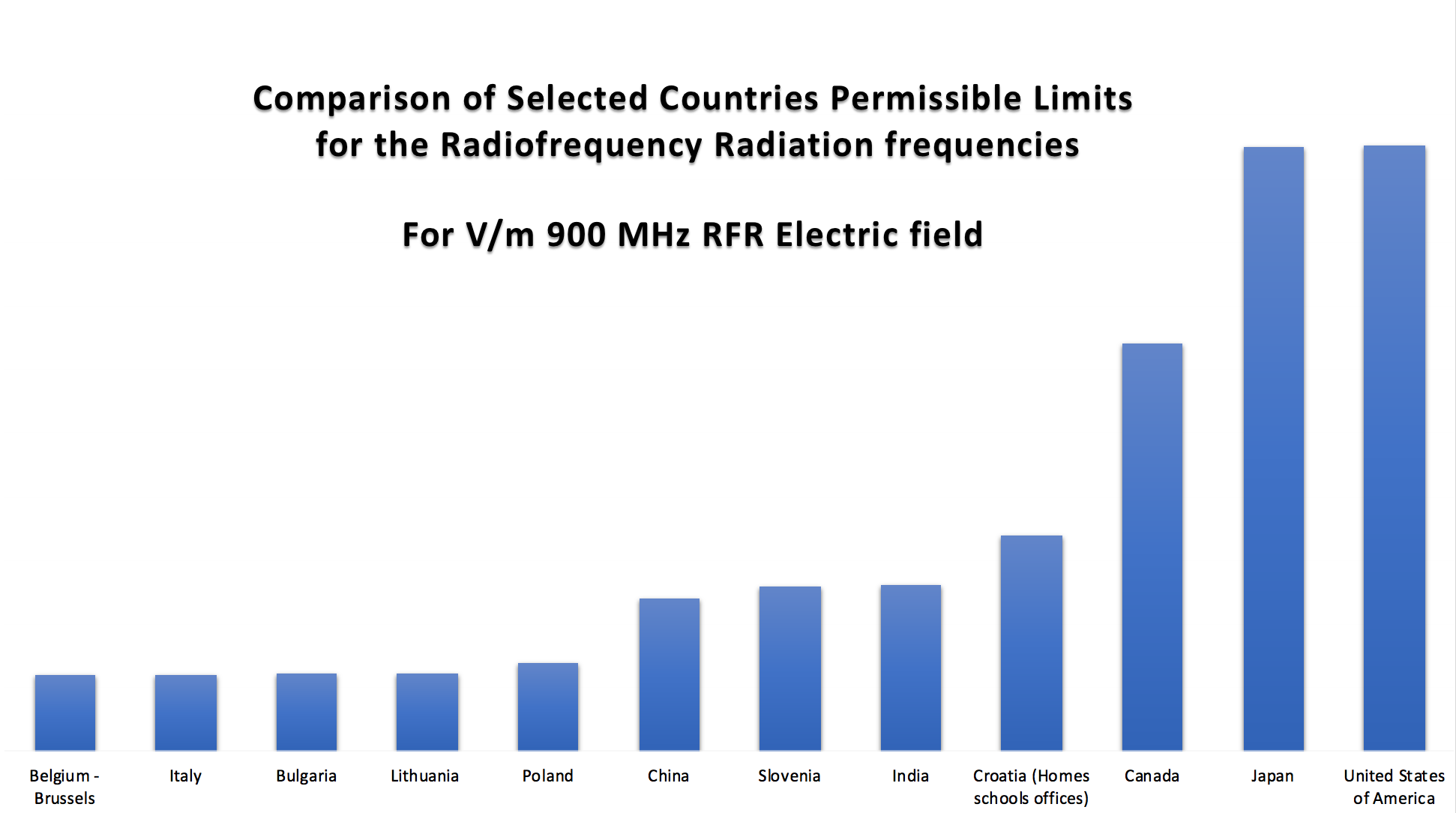5G Radiation and Epidermis Cancer

This article covers the topic of 5G radiation, a non-ionizing electromagnetic radiation. Because 5G radiation is tiny, it doesn't have the ability to break the chemical bonds of biological tissues or trigger any changes to cells. It isn't known whether the effects of 5G radiation alter the risk of skin cancer, and there is no evidence that exists to suggest that it could cause other disease.
High-frequency millimeter wave radiation
High-frequency millimeter wave radiation emitted by mobile phones and wireless networks can cause health issues to humans. There are several ways that this radiation can be harmful. In some cases radiation may cause damage to a person's DNA. In other instances the radiation may cause harm to other parts in the human body like the brain.
Recent research has shown that 5G technology could cause tissue heating. This is why researchers from the International Council on Non-Ionizing Radiation Protection (ICNIRP) has asked for a review of existing safety standards for biological and thermal safety. The current standards of exposure are not adequate to protect individuals from excessive heating when exposed to millimeter wave pulses.
Skin cancer risk
There is no definitive answer to the question of whether 5G radiation could cause skin cancer. It is however believed that 5G RF-EMFs behave as high-LET ionizing radiations. As a result, they may cause large amounts of free radicals in the skin. The FCC has not issued any specific guidelines on the risks of 5G technology, and the debate is ongoing.
Although there are a number of studies regarding the impact of higher-frequency radio waves on the human body, they have remained largely limited in scope. However, there is concern over the effects of millimeter-wavelength exposure on oxidative stress and gene expression. These effects may extend to the skin and other organs, like the brain.
The impact of other illnesses
An innovative new technology in wireless called 5G is rapidly expanding, but scientists are warning about its potential health hazards. 5G technology is expected to significantly increase the amount of electromagnetic radiation in our surroundings. This is a concern that has led to debates in a variety of nations including Switzerland. In September 2017 390 doctors and scientists have backed a motion to put the suspension of 5G technology. This motion was not heeded by the European Commission, which is in charge of regulating the use of technology like 5G.

In the end, there is a need for more research to assess the health effects of 5G. While we wait studies have proven that 5G isn't causing the same effects in humans as the old mobile networks. It also does not spread the new coronavirus type. In addition it doesn't make people more vulnerable to infections caused by viruses.
Measurement of exposure
Monitoring exposure to 5G radiation is an essential component of the security of 5G networks. There are 5g towers radiation to gauge exposure. One involves measuring RF power that is absorbed by human tissue. Another involves measuring the amount of radiofrequency energy released from an object. 5g radiation symptoms (RF) is an energy field that originates from radio transmitters.
The United States, the FCC has implemented a limit on the power density of mobile devices running 5G. These tests can only determine power density at the distance of several inches, and it is the FCC does not require the measurement of every beam. However, it is possible to determine the energy density for each beam is estimated through computer simulation. The worst-case scenario is selected based on the design of each beam.
The study has its limitations
There's been a lot of discussion about whether 5G radiation will affect the health of people. In Helpful site of 5G, for instance. Swiss authorities, for example, has produced an analysis that concludes the technology has no adverse health effects in the short term, however, there aren't any studies which have shown long-term effects. But, the report contains a number of problems and bias in reporting.
The strength and frequency of radio waves that carry energy will depend on the frequency. The energy carried by a millimetre wave will be similar to the current radio waves however they will be less visible and are better suited for high-density environments, since they will not be block by walls or glass. Urban areas with high density would require a high number of smaller, low-power locations, and suburban areas will benefit from 5G stations that operate at lower frequency.
